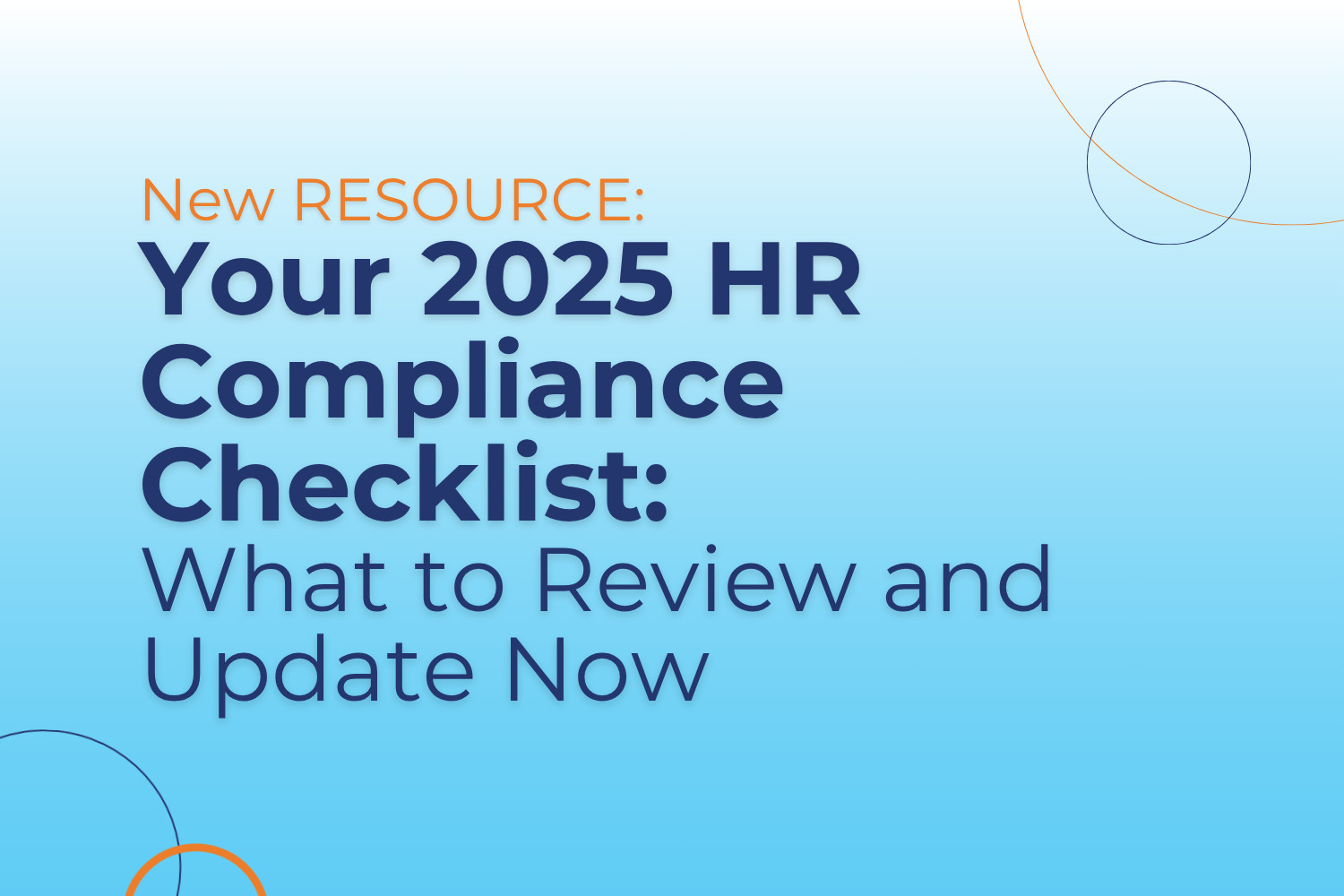Workforce Planning 101: Your Guide to an Effective Strategy
October 17th, 2024

In today’s rapidly evolving business landscape, effective workforce planning is essential for organizations striving to remain competitive. Workforce planning ensures that the right people are in the right roles at the right time, aligning human resources with the overall business strategy. This blog will guide you through the essential steps of workforce planning, helping you develop a strategy that drives your business forward.
1. Strategic Alignment of Workforce Needs with Business Goals
The first step in workforce planning is ensuring that your workforce needs align with your organization’s business goals. This involves a deep understanding of both short-term and long-term objectives. For example, if your company plans to expand into new markets, you’ll need to identify the specific skills and roles required to support this growth.
Understanding Company Goals
Begin by thoroughly reviewing your company’s mission statement, vision, and strategic plans. Engage with all department leaders to gain insights into their expectations and future aspirations. This collaboration will ensure that your workforce strategy is not only reactive but also proactive, preparing your team for the demands of the future.
2. Identify Critical Key Roles and Skills
Once you have a clear understanding of your business goals, the next step is to identify critical roles and the skills necessary to fulfill those roles. This involves assessing your current workforce and pinpointing where expertise is lacking.
Mapping Out Talent Needs
Create a comprehensive list of roles within your organization, categorizing them based on their importance to achieving strategic goals. Consider roles that are critical for both current operations and future growth. By mapping out talent needs, you can visualize the skills landscape of your organization.
3. Workforce Analytics
Utilizing workforce analytics is essential for making informed decisions about your human resources. Analyze data related to your current workforce to assess skills, demographics, performance, and turnover rates.
Conducting a Skills Gap Analysis
A skills gap analysis helps you understand the difference between the skills your workforce currently possesses and those required to meet your business objectives. Conduct surveys or interviews to gather data from employees, managers, and other stakeholders about their perceptions of skills and capabilities within the organization.
4. Forecasting Workforce Needs
Anticipating future workforce changes is crucial for effective planning. Several factors can influence workforce needs, including:
- Expansion or Downsizing Plans: Understand the impact of new projects or potential cuts on your workforce.
- Upcoming Retirements: Identify employees nearing retirement age and plan for knowledge transfer.
- Technology Advancements: Stay informed about how technology might change job requirements.
Metrics and Predictive Analytics
Incorporate metrics and predictive analytics to forecast potential turnover, skill shortages, and growth areas. By analyzing trends in employee satisfaction, engagement, and industry shifts, you can anticipate challenges before they arise.
5. Identify Gaps
Now that you’ve analyzed your current workforce and anticipated future changes, it’s time to identify gaps. Evaluate what your workforce currently consists of versus what is needed to achieve your business goals. This evaluation will highlight areas that require immediate attention.
6. Develop an Action Plan
An effective action plan will bridge the identified gaps in your workforce. Consider the following strategies:
Training and Reskilling
Invest in training programs that enhance the skills of your current employees. Reskilling is vital in today’s dynamic work environment, where roles are continuously evolving.
Internal Promotions
To ensure continuity, identify and prepare internal candidates for promotions or lateral moves. This approach not only retains talent but also fosters a culture of growth within the organization.
Mentorship and Cross-Training
Implement mentorship programs and cross-training opportunities to broaden employees’ skill sets. This not only enhances their capabilities but also strengthens team cohesion and collaboration.
Flexible Workforce
Incorporate flexibility in your hiring strategy. Consider a mix of full-time, part-time, and freelance workers to meet fluctuating business needs. Flexibility can enhance productivity and employee satisfaction, allowing your organization to adapt quickly to changes.
Technology Utilization
Embrace technology to support remote work and flexible schedules. Investing in collaborative tools can improve communication and maintain productivity, regardless of location.
7. Develop a Communication Plan
Once your action plan is in place, it’s essential to communicate effectively with stakeholders. Ensure that all team members understand their roles, responsibilities, and the timelines associated with the workforce planning strategy.
Assign Roles and Responsibilities
Clearly define who is responsible for various aspects of the workforce plan. Assigning roles will create accountability and streamline the implementation process.
8. Monitor and Evaluate
Regular monitoring and evaluation are crucial for the success of your workforce planning strategy. As market conditions, business strategies, and technologies change, your approach should be adaptable.
Developing Metrics and KPIs
Establish metrics and Key Performance Indicators (KPIs) to track progress against your goals. Regularly review these metrics to determine the effectiveness of your workforce strategy and identify areas for improvement.
Adjusting Plans Based on Feedback
Encourage feedback from employees and stakeholders to gauge the effectiveness of your workforce planning initiatives. Use this input to adjust plans as necessary, ensuring that your strategy remains relevant and effective.
Conclusion
Workforce planning is not a one-time exercise; it’s an ongoing process that requires attention, flexibility, and a strategic mindset. By aligning your workforce needs with business goals, identifying critical roles and skills, forecasting future changes, and implementing effective action plans, you can create a workforce that not only meets today’s demands but is also prepared for the challenges of tomorrow. Regular monitoring and adjustments will ensure that your workforce remains aligned with your organization’s evolving needs, helping you achieve sustainable success in a competitive landscape.
If you’re looking for examples of any steps within this process, or looking for specific direction on how to implement at your organization, reach out to MP. We are wired for HR and ready to help you ensure your workforce has the right people in the right roles.
Make sure to subscribe to MP’s blog and stay on top of the most up-to-date news and trends in the business realm.
Stay Up-To-Date on Compliance & Trends
powered by Advanced iFrame. Get the Pro version on CodeCanyon.
Recent Posts
- Legislative Updates Every Employer Should Understand
- Your 2025 HR Compliance Checklist: What to Review and Update Now
- 2025 Court Rulings Every HR Pro Should Know
- Overtime, Tips, and Tax Credits: How Employers Can Maximize Deductions in 2025
- 2025 Pay Transparency Laws by State: What Employers Need to Know
Categories
- ACA (10)
- AI (6)
- BizFeed (6)
- Business Strategy (119)
- COBRA (5)
- Compliance (225)
- COVID-19 (92)
- Diversity (12)
- eBooks (19)
- Employee Engagement (33)
- Employee Handbooks (24)
- ERTC (29)
- FFCRA (7)
- HR (306)
- MP Insider (13)
- Payroll (145)
- PFML (9)
- PPP (24)
- PTO (5)
- Recruiting (53)
- Remote Work (39)
- Return to Work (32)
- Unemployment (1)
- Wellness (22)
Archives
- August 2025
- July 2025
- June 2025
- May 2025
- April 2025
- March 2025
- February 2025
- January 2025
- December 2024
- November 2024
- October 2024
- September 2024
- August 2024
- July 2024
- June 2024
- May 2024
- April 2024
- March 2024
- February 2024
- January 2024
- December 2023
- November 2023
- October 2023
- July 2023
- June 2023
- May 2023
- April 2023
- March 2023
- January 2023
- December 2022
- October 2022
- September 2022
- August 2022
- July 2022
- June 2022
- May 2022
- April 2022
- March 2022
- February 2022
- January 2022
- December 2021
- November 2021
- October 2021
- September 2021
- August 2021
- July 2021
- June 2021
- May 2021
- April 2021
- March 2021
- February 2021
- January 2021
- December 2020
- November 2020
- October 2020
- September 2020
- August 2020
- July 2020
- June 2020
- May 2020
- April 2020
- March 2020



